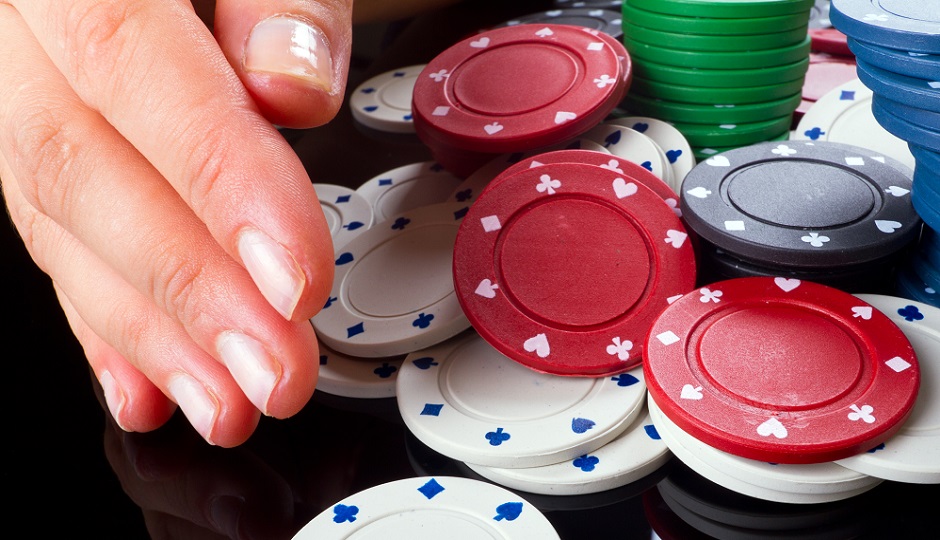
Treatment dropout among gamblers has significant clinical and empirical consequences.
A high dropout rate can be demoralizing for a clinician, while missed appointments lead to financial losses and a waste of the clinicians’ valuable time, contributing to long waiting lists. Furthermore, patients who prematurely terminate treatment generally do not receive an adequate dose of treatment to produce a significant and lasting reduction of their symptoms.
Some of the strategies identified are the involvement of a close friend or family member, reducing wait times and supportive phone calls.
The aim of this literature review was to develop a profile of treatment dropout and to identify strategies to promote treatment retention. The review identified relevant published articles from digital databases and obtained unpublished studies directly from Canadian researchers.
53 studies were selected following the application of inclusion and exclusion criteria. Significant variability was observed in treatment dropout rates, which ranged from 0 to 77.8%, with a median of 26%. Only 44% of studies reporting a dropout rate also provided the definition of dropout used in the study. Characteristics specific to the user, the clinician and the treatment were identified as reasons for discontinuing treatment. Of the 50 variables identified, 10 significantly influenced treatment dropout in at least one study, including age of gambling onset, sensation seeking and treatment method.
Some of the strategies identified, such as the involvement of a close friend or family member in treatment, reducing wait times for access to treatment and supportive phone calls, merit further study as potential means for reducing treatment dropout rates.
Main researcher
Isabelle Giroux, Université Laval
Deposit of the research report: September 2015
